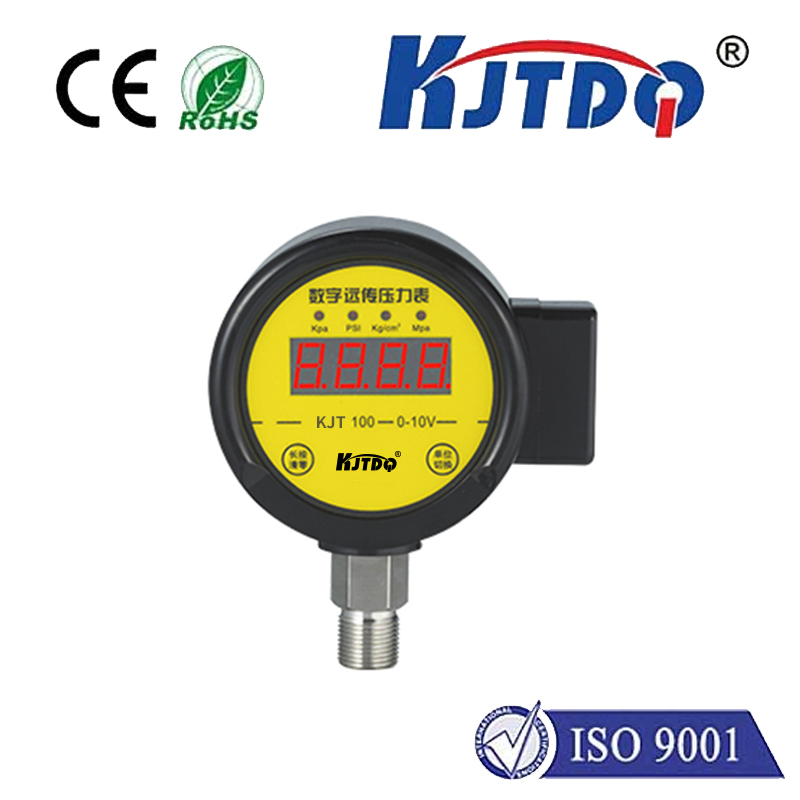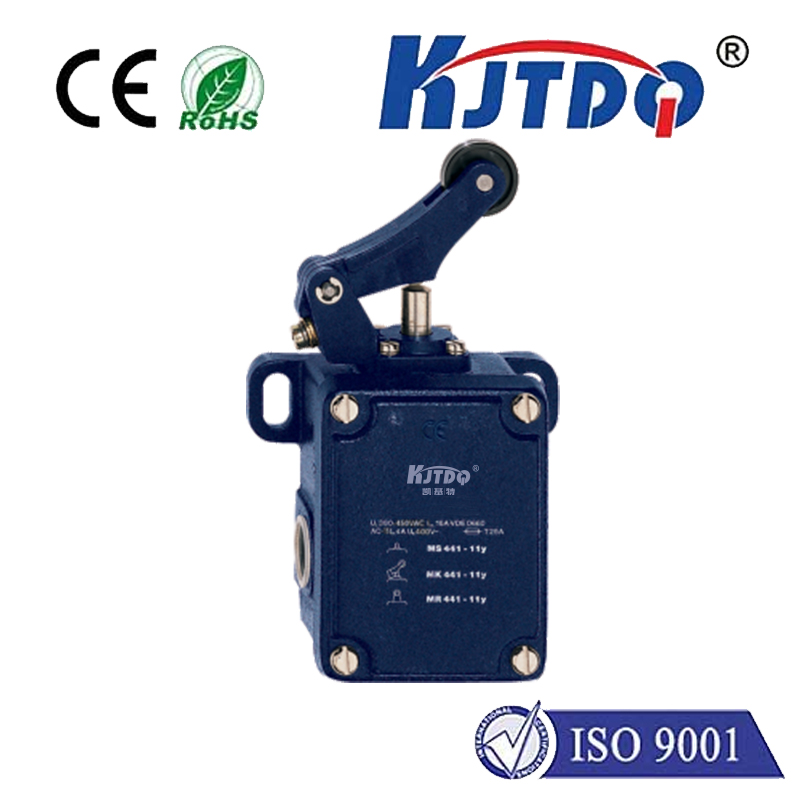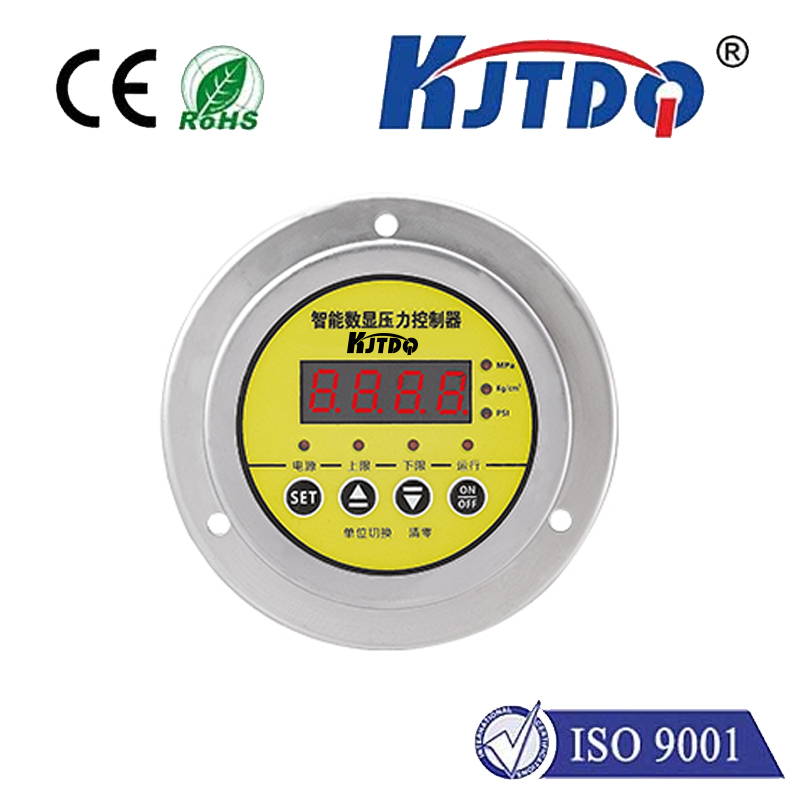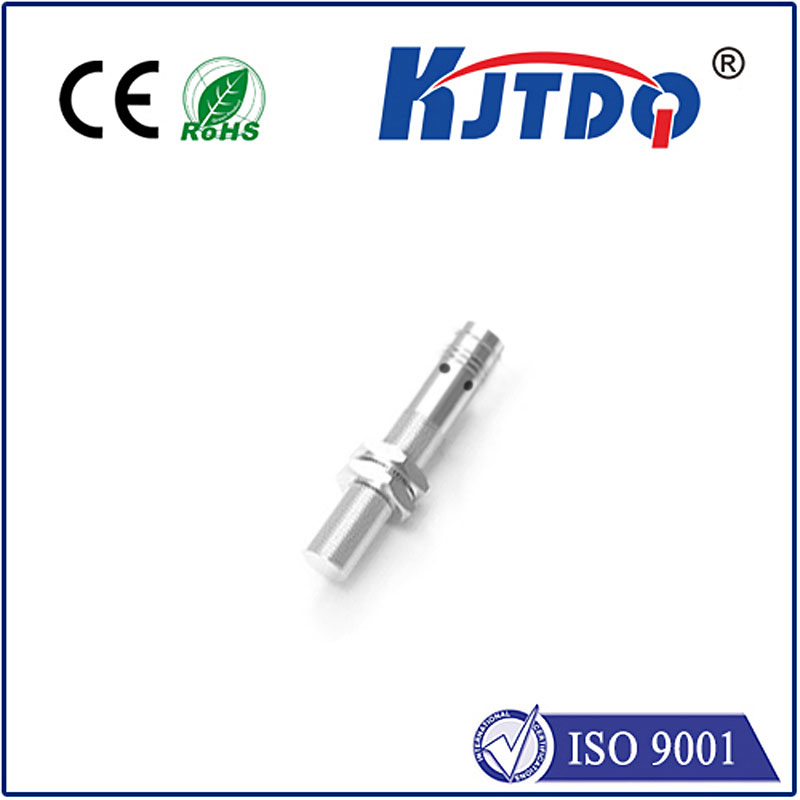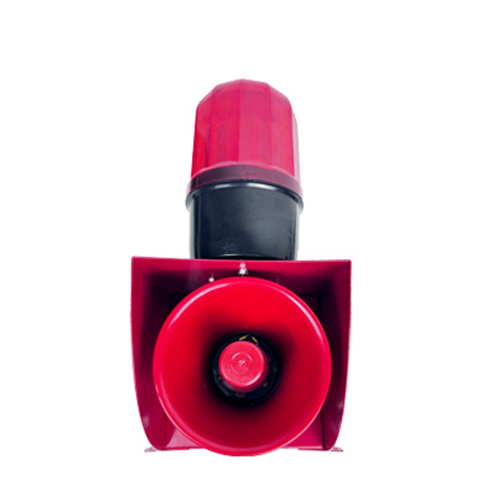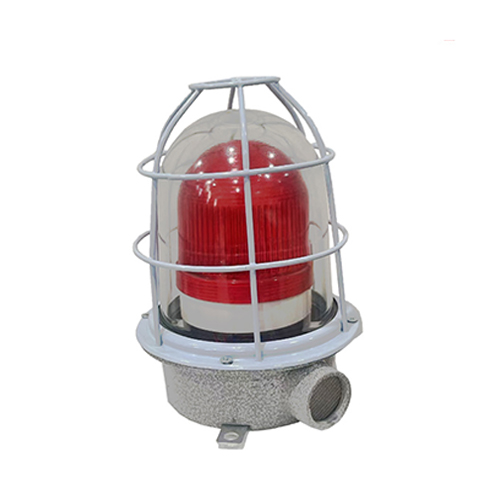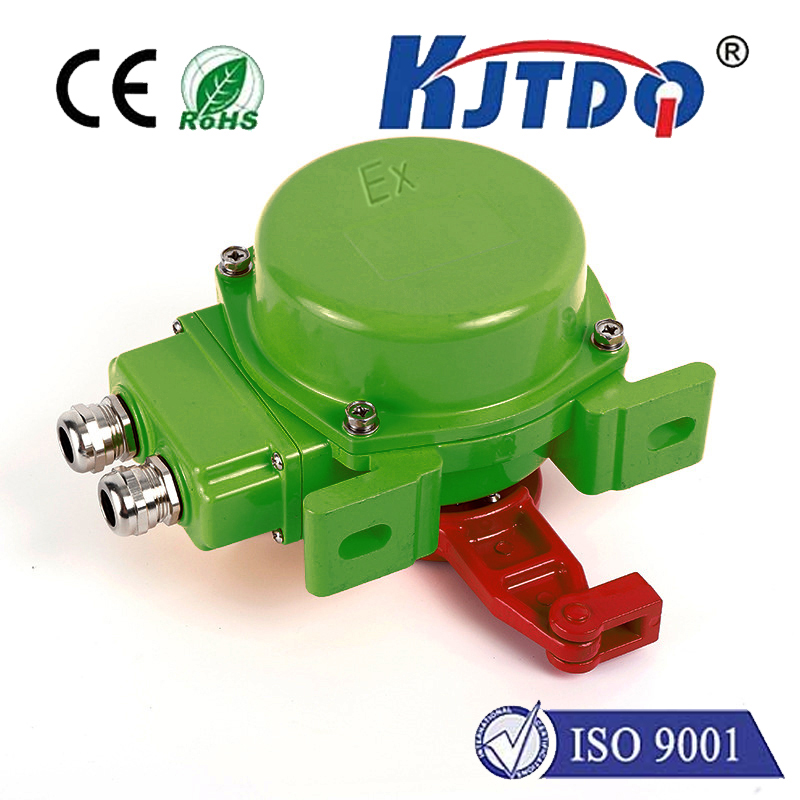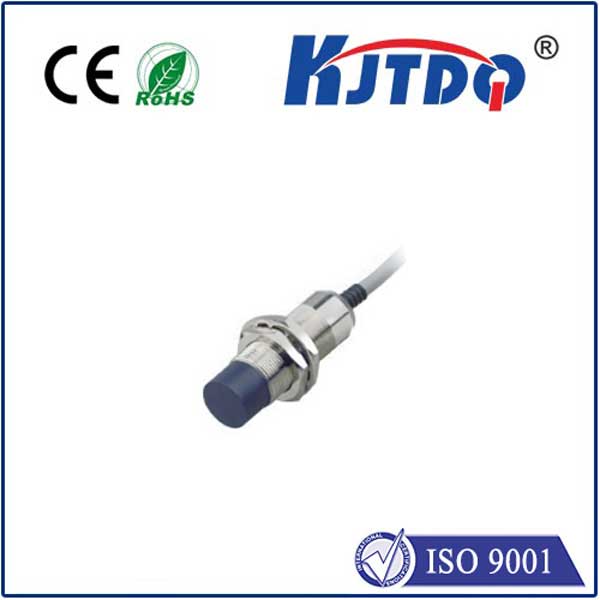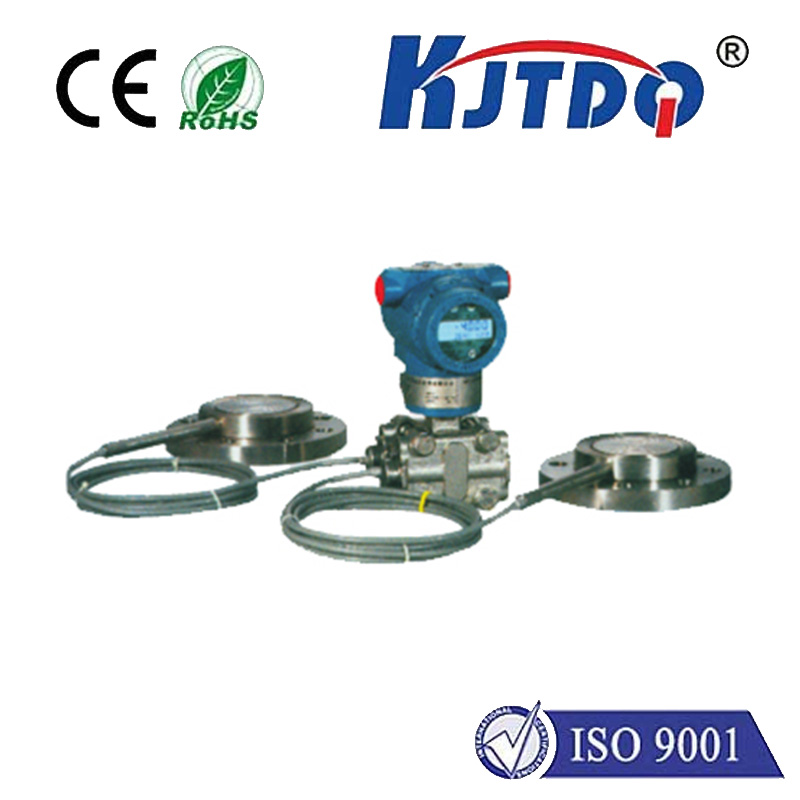

check

check

check

check

check

check

check

check

check

check
Mechanical proximity sensors are a type of sensor that uses mechanical principles to detect the presence or absence of an object. These sensors are widely used in various applications due to their simplicity, reliability, and accuracy. In this article, we will explore the advantages and applications of mechanical proximity sensors and how they work.
Advantages of Mechanical Proximity Sensors
* Non-intrusive: Mechanical proximity sensors do not require any direct contact with the object being monitored, making them ideal for use in applications where physical interaction is not possible or desirable.
* Easy to implement: Mechanical proximity sensors can be added to existing systems without requiring significant modifications or changes to the hardware or software.
* Cost-effective: Compared to other types of sensors such as photodiodes or infrared detectors, mechanical proximity sensors are relatively inexpensive and offer good value for money.
* High accuracy: Mechanical proximity sensors can achieve high levels of accuracy, making them suitable for applications where precision is crucial.
Applications of Mechanical Proximity Sensors
* Automation: Mechanical proximity sensors are commonly used in automation systems to detect the presence or absence of objects, such as robots, drones, and self-driving cars.
* Security: Mechanical proximity sensors can be used in security systems to monitor access to sensitive areas, detect intruders, and trigger alarms.
* Medical devices: Mechanical proximity sensors are used in medical devices such as blood glucose meters, insulin pumps, and pacemakers to detect the presence of the user's skin or clothing.
* Consumer electronics: Mechanical proximity sensors are used in consumer electronics such as mobile phones, tablets, and smartwatches to detect when the device is being held or touched.
Conclusion
Mechanical proximity sensors have become an essential component of modern technology due to their versatility, accuracy, and low cost. Their ability to detect the presence or absence of an object makes them suitable for a wide range of applications, from automation and security to healthcare and consumer electronics. As technology continues to evolve, it is likely that mechanical proximity sensors will play an increasingly important role in our daily lives.
